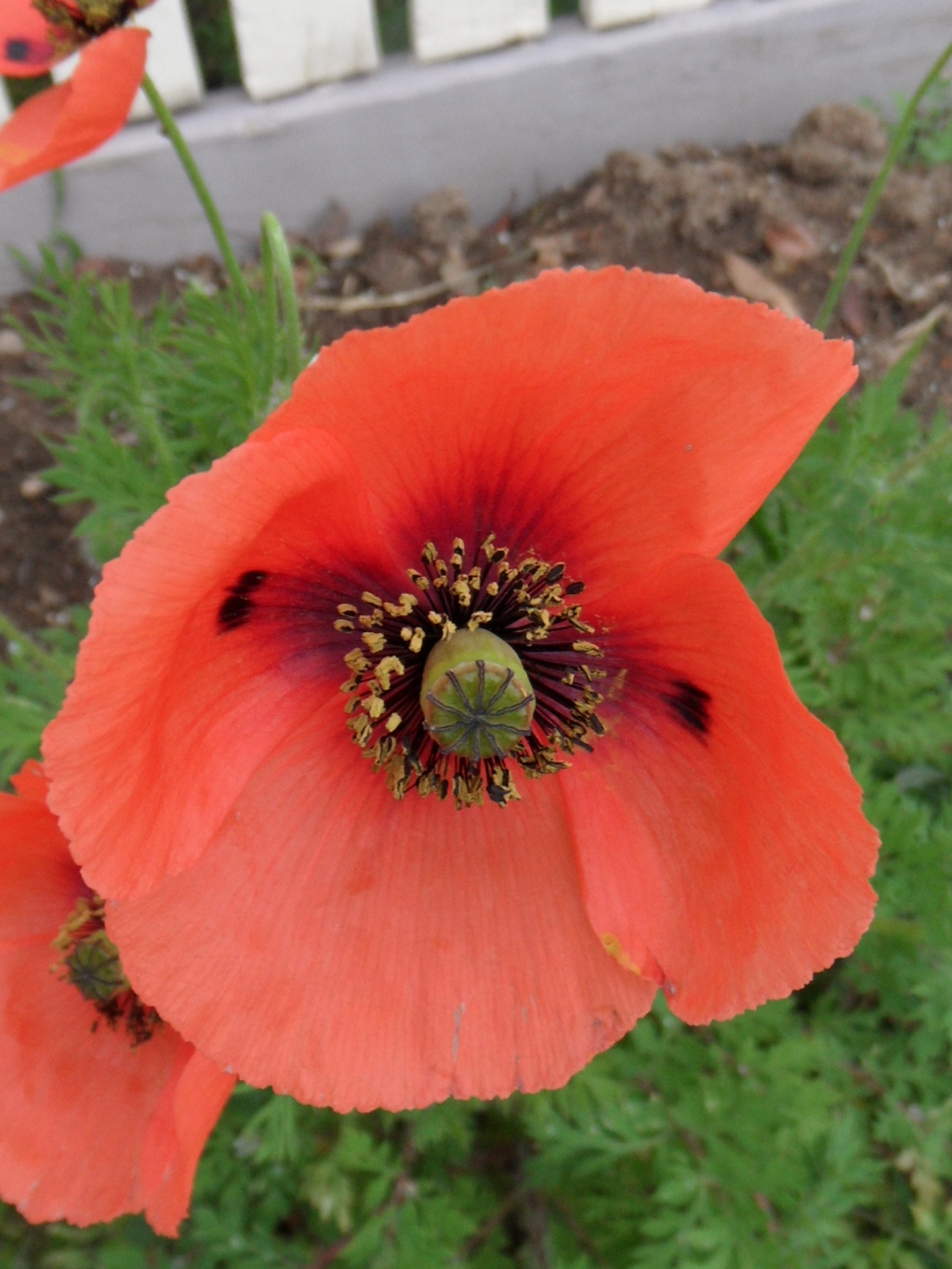Papaver rhoeas
L. Flanders PoppyPlants annual, caulescent, sometimes subscapose, to 80 cm high, hispid to setulose; stems simple or usually branched. Leaves to 15 cm long, the upper ones often somewhat clustered; blades 1–2-pinnately lobed, the upper ones not with stem-clasping bases. Peduncles sparsely to densely spreading- or ascending-hispid throughout; petals white, pink, orange or red, often with dark basal spot, to 35 mm long; filaments purple, filiform, anthers bluish; stigmas 5–18, disc ± flat. Capsules sessile or substipitate, turbinate to subglobose, to 2 cm long, less than twice as long as wide, obscurely ribbed, glabrous. Flowers Oct. (1 record).
Also naturalised WA, SA, NSW, Tas. Native to Europe, northern Africa, south-western Asia, widely introduced beyond as a crop weed and garden-escape. Known with certainty by a single collection near Darby River in Wilsons Promontory National Park, but almost certainly more widespread. Usually in open disturbed areas, especially roadsides and cultivated fields.
Various forms with pale pink or white, unspotted, sometimes doubled petals are grown for ornament, notably the Shirley Poppies.
Kiger, R.W. (1996). Papaver. In: Walsh, N.G.; Entwisle, T.J., Flora of Victoria Vol. 3, Dicotyledons Winteraceae to Myrtaceae, pp. 69–72. Inkata Press, Melbourne.
 Spinning
Spinning




